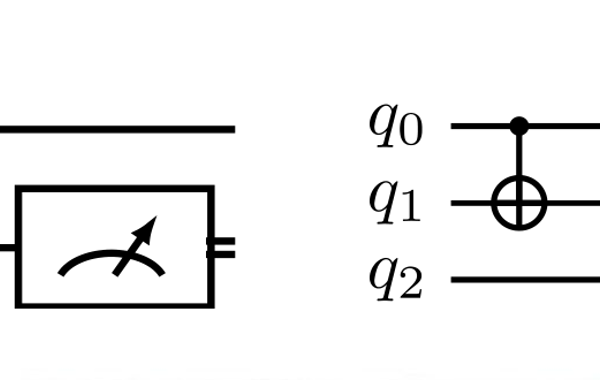What is quantum error correction, and why is it important?
Quantum error correction is a set of techniques used to protect the information stored in qubits from errors and decoherence caused by noise.
Quantum computers today have high error rates – around 1 error occurs in 1000 operations before failure. For quantum computers to be useful, error rates need to be as low as 1 in a trillion. A huge improvement in performance is needed, however proven progress is already happening in the community.
We are focussed on breaking though this fundamental challenge by building the quantum error correction stack, and by understanding optimal quantum algorithms for error corrected quantum computers.
Building the Quantum Error Correction Stack
"If you don't solve error correction, then you'll never have a useful quantum computer"
- Earl Campbell, Head of Architecture
Why is quantum error correction such a tough challenge to crack?
Qubits, the building blocks of quantum computers, are extremely sensitive to environmental disturbances. The slightest change in temperature, or any interactions with surrounding molecules could cause a qubit to lose its information. Not only this, but millions of qubits are needed to perform useful calculations.
As such, powerful decoders are required to detect and correct errors with complete accuracy, and at incredible speeds.
Quantum error correction at scale
Riverlane Roadmap: Three basic steps to decoder success
Decoding in real-time is a huge challenge for fast quantum computers as a million rounds of measurement results are produced every second. If we don’t decode fast enough, we encounter an exponentially growing backlog of syndrome data. For useful quantum computing, we need to push the scale of the decoder up to so-called Teraquop decoding speeds.

How are we tackling quantum error correction?

Riverlane team
The only way to succeed at such a complex problem is through collaboration
Riverlane brings together a multi-disciplinary team of experts in the skills required to understand and manage quantum error correction. We have a team of world class physicists, mathematicians, computer scientists and specialist engineers with decades of combined experience.

A real-time, scalable, fast and highly resource efficient decoder for a quantum computer

Parallel window decoding enables scalable fault tolerant quantum computation

Leakage Mobility in Superconducting Qubits as a Leakage Reduction Unit

Ambiguity Clustering: an accurate and efficient decoder for qLDPC codes
We're building the Quantum Error Correction Stack to unlock useful quantum computing
Learn more about Deltaflow: The Quantum Error Correction Stack



















